Landscaping That Increases Home Value
Home values in the Hudson Valley are at an all-time high as people leave the city for a greener, safer, and more balanced lifestyle. If you are considering selling your home soon or even five years down the road, remember that the outside of your home is the first thing potential buyers will see. That first reaction will greatly influence not only their like or dislike of your home, but what they envision its worth.
Here are some landscaping do’s that will increase the value of your home.
- Plant a Tree
Trees provide several enhancements to your landscape. They add drama to a plain lawn, add privacy, improve air quality, provide shade, and can even save on heating and cooling costs when positioned strategically. It’s a good idea to consult a professional about planting trees so you can consider height and root interference with your foundation, branches hitting your roof or power lines, and even how their flowers or seed pods will affect the look of your lawn. You don’t want that tree to become a disadvantage as it matures. - Maintaining Your Lawn
When selling your home, an unkempt lawn is never perceived well. If you don’t have the time or ability to give your lawn some extra love, landscaping help might be the way to go. Otherwise, key to good lawn management includes regular and proper mowing, watering, and fertilizing. Your neighbors will appreciate it too. - Add a Deck or Patio
Creating outdoor spaces or rooms for relaxation and entertaining can pay for itself when selling your home. Think about the landscaping around your deck or patio too. You want to create not only the space but an ambiance. - Create Privacy
Most people living a more rural lifestyle appreciate a bit of privacy. Especially if many buyers are coming from the city where privacy is limited, elements like shrubs or hedges, tall grasses, or a tree create the ability to have a bit of privacy even while outside. - Lighting
Lighting that makes your property safer and enhances security is a welcomed benefit. You’ll want to illuminate your porch, garage, and doors around the house. Choose a lighting system that not only matches your home’s style but can be activated by movement or a timer to save on electricity. It’s also a cost-effective way to create drama. - Pathways
The path to your front door is key as it will be the path potential buyers follow as they enter your home for the first time. Consider its aesthetics and material as well as the plantings surrounding it.
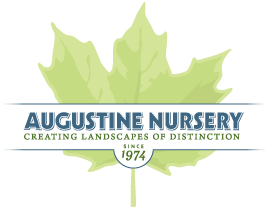
 Wisteria and cherry trees are cherished for their beautiful and fragrant flowers. They represent love and romance in many cultures.
Wisteria and cherry trees are cherished for their beautiful and fragrant flowers. They represent love and romance in many cultures.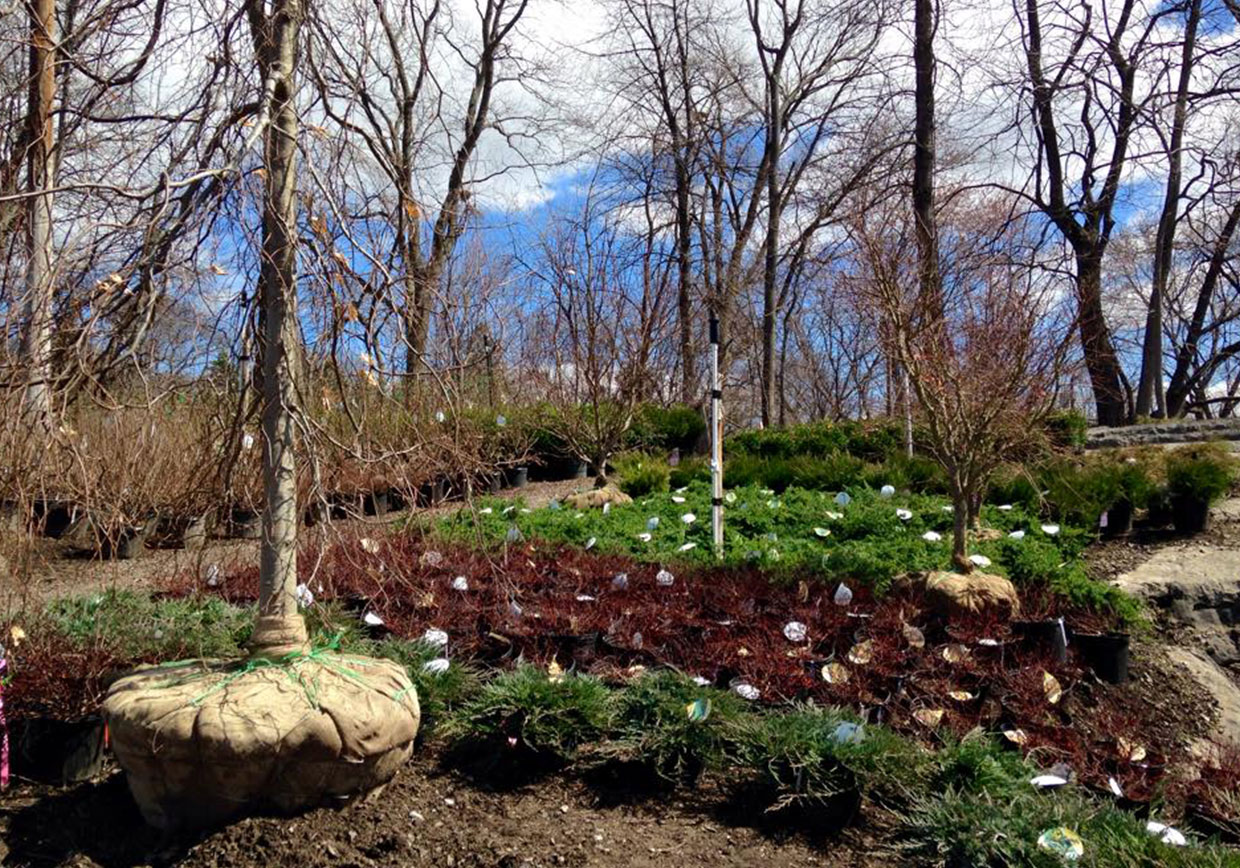
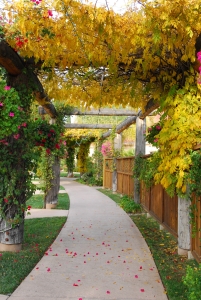 There’s a period of time toward the end of summer when avid gardeners and homeowners who love their yards begin to mourn prematurely the end of their favorite season – summer. For those of you in this group, here’s a perfect way to continue working in the yard while setting up a thing of beauty for next spring.
There’s a period of time toward the end of summer when avid gardeners and homeowners who love their yards begin to mourn prematurely the end of their favorite season – summer. For those of you in this group, here’s a perfect way to continue working in the yard while setting up a thing of beauty for next spring.



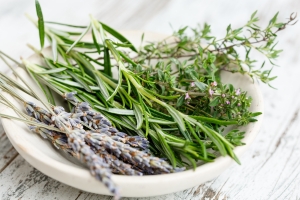
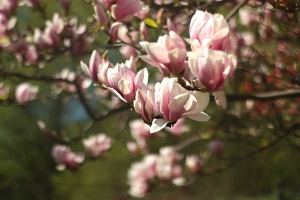
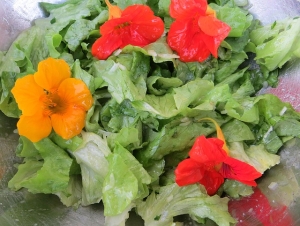
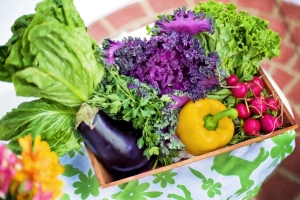

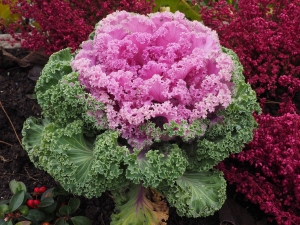

 #AugustineNursery
#AugustineNursery






 Stop in to check
Stop in to check

 Open 7 days a
Open 7 days a 




 $5 for
$5 for 




 Hope you’re
Hope you’re


 $5 Friday will feature a
$5 Friday will feature a